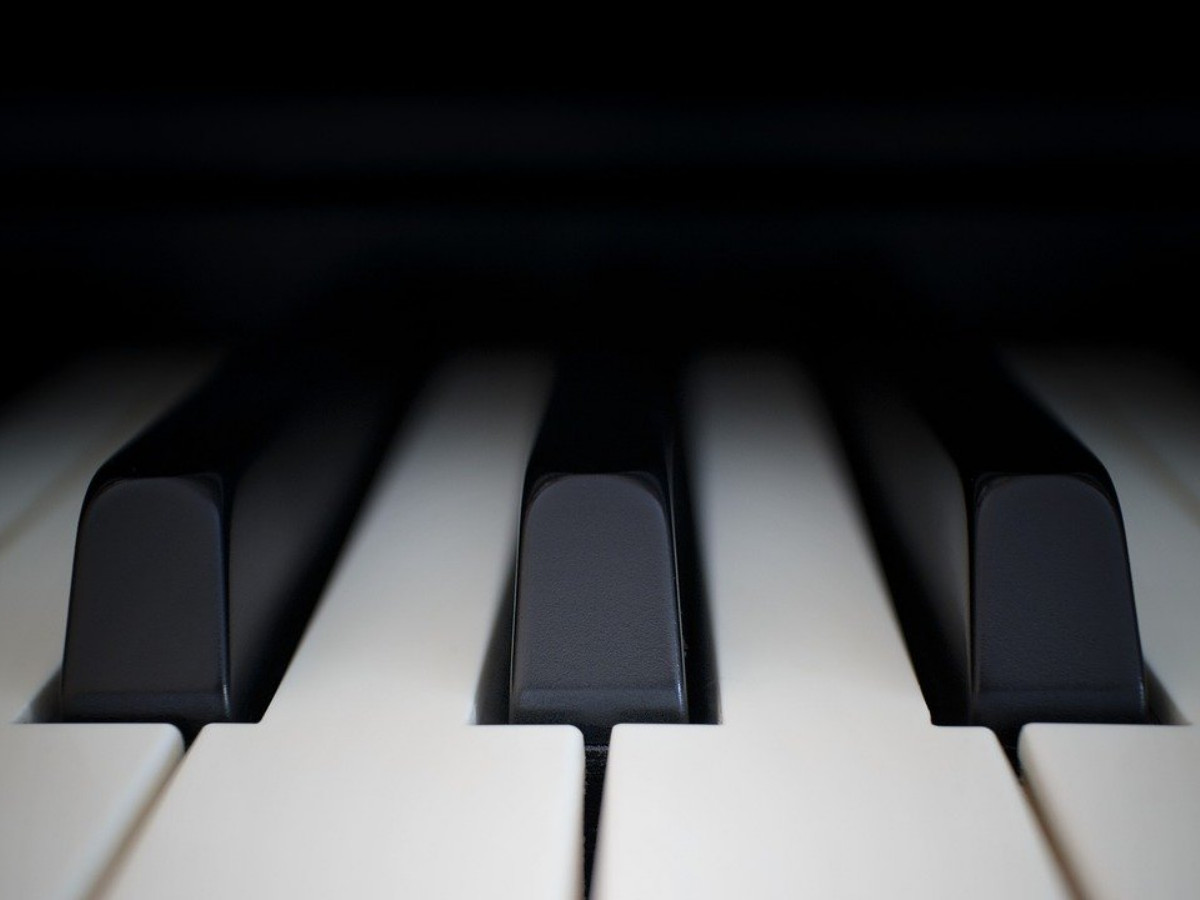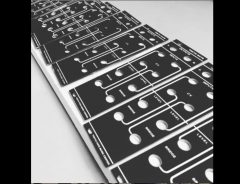
Source: © pixabay.com
Four killer Japanese synthesizers that will explode your ears and melt your mind
- Tags:
- electronic music / synthesizer
Related Article
-

Music Video For Kizuna AI and Yunomi’s “Sky High” Takes Virtual Diva To New Heights
-

Operatic performance on Japanese synthesizer Otomatone wows judges on Spanish talent show
-

Goa trance electronic music K.U.R.O. is helping audiophiles rediscover Buchla synthesizers
-

Musician discoyogisya streams live VJ glitch shows as artists innovate during pandemic
-

Perfume’s Bubbly New VR Music Video and App Lets You Join In The Fun In an Exciting New Way


It's hard to overlook the influence of electronic music on modern pop music. Superstar DJs sell out amphitheaters while JPOP musicians dance to head-whirling riffs upwards of 140 BPM. Unbeknownst to many, the fashionable sound design of pop music has relied largely on Japanese electronics manufacturers.
While modern-day computers have facilitated recent music trends, the lynchpin of electronic music is undoubtedly the synthesizer. Designed by Robert Moog, an American electronic engineer, the first synthesizer was an eyesore. Looking like a 1940s switchboard, the bookshelf-sized machine was a tangled mess of wires and knobs. Thankfully, Moog released the compact Minimoog design a few years later.
Although traditional musicians bristled, Moog synthesizers represented a new force in music. Transgender composer Wendy Carlos’s Switched-On-Bach, released in 1968, recreated several pieces by the composer Bach. The album demonstrated that a synthesizer could effectively mimic several parts of an orchestra. While conservative-minded critics cringed, Switched-On-Bach represented the synthesizer’s mainstream christening.
Japanese Manufactures Wet Their Lips
The Japanese electronics industry came of age in the 1950s after post-war American manufactures failed to leverage advancements in transistor technology. Companies like Sony and Canon staked out portions of the sector, making gains in transistor radios, transistors TVs, cameras, and a host of other products.
By the 1970s, electronic equipment manufactures like Roland, Korg, and Yamaha had made substantial contributions to the field of electronic instruments. While major American companies like Moog and ARP focused on professional musicians, Japanese manufacturers established a product line aimed at amateurs and hobbyists.
This turned out to be the right move. During the Japanese electronics dominance of the 1980s, formerly high-priced synthesizers became widely available. Moog, ARP, and others found themselves unable to evolve, eventually going bankrupt during the digitization of the industry.
Due to this turn of fortune, Japanese synthesizers have had a notable effect on pop music, especially throughout the 1980s. From vintage classics to the first quirky digital synthesizers, many are recognizable for their unique sound. Despite being years out of production, many of the most famous still sell secondhand for top dollar prices.
Roland Juno Series
As digital technology began to work its way into the analog circuitry of synthesizers, Roland released its Juno series of keyboards. The quasi-digital architecture of this line was reliable, which meant frequent tunings were a thing of the past.
The Juno series helped numerous 1980s artists achieve the polyphonic pad sound recognizable throughout the decade. When Roland released the keyboards, most synthesizers were capable of playing only a single note. Junos, on the other hand, could blast out expansive chords that evolved mesmerizingly in color and tone. Artists such as Madonna, Enya, and The Cure incorporated the boards into their albums. Some fans even claim a Juno-60 made the opening of Flock of Seagulls' “I Ran (So Far Away).” More recently, Passion Pit has incorporated the Juno-60 into their lineup.
Korg MS-20
The black and knobby Korg MS-20 is deceptively small. Although it was one of the first easily portable synthesizers, its petite frame is capable of producing aggressive, screaming leads. Unlike most keyboards of its time, it features inner wiring, which can be overridden with old-school styling cord patching. Such ad hoc sound design can result in freakish sounds and out-of-this-world patches. My favorite hack is to feedback the synth's output into its filters, creating a death-metal like overdriven effect.
All fun aside, the MS-20 is probably most famous for its Pitch-CV function. This feature allows a source's pitch to be used as a control signal. While that may not mean much to most, its how Aphex Twin generates many of the squelchy/crunchy sounds that dot his music.
Others like The Prodigy, Daft Punk, Portishead, and almost every industrial rock band have also made heavy use of this classic synthesizer.
Roland TR-808
Hip-hop often relies on drum machines. Theses specialized synthesizers can deliver jaw-dropping beats and unforgettable syncopations when programmed expertly. Yet, none can do it as well as Roland's TR-808, which has been featured on more hit records than any other drum machine.
Indeed, the 808 is the stuff of legends. Acts like Run DMC, Beastie Boys, Fat Boy Slim, have leveraged its deep booming bass and crisp snares to devastating effect. Rapper Kanye West even centered an album around the machine. His 2008 album 808s and Heartbreak features the synthesizer on every track.
Despite the glamour, the 808 was commercially unsuccessful in its time. It's unrealistic drum sounds were ignored upon release, and Roland discontinued the model only after a few years. However, as used models flooded secondhand shops, burgeoning rappers and electronic musicians developed a cult-like obsession with the synth. Indeed, the 808's unique sounds and programmability made it instrumental in the development of both genres.
Roland Jupiter 8
Save the best for last. The Jupiter 8 is a monster synth, weighing in at 22 kg, and entirely professional. This keyboard was packed with many advanced features for its time, helping it create huge sounds that are as recognizable as they are iconic. Owing to its unique voice architecture, The Jupiter 8 can be bassy and fat, or abrasive and edgy.
I like the aggressive chords the 8-voice, polyphonic synth can belt-out. Tears for Fears featured the Jupiter 8 in the bridge of "Head Over Heels." When keyboardist Ian Stanley chimes in on the board, it sounds like it is going to take off. Van Halen also made use of it on their hit "Jump," and Duran Duran famously incorporated it into "Hungry Like the Wolf." Nevertheless, the Jupiter 8 is most recognizable in Michael Jackson's "Thriller." The Jupiter 8 crafted many of its haunting and unforgettable sounds.